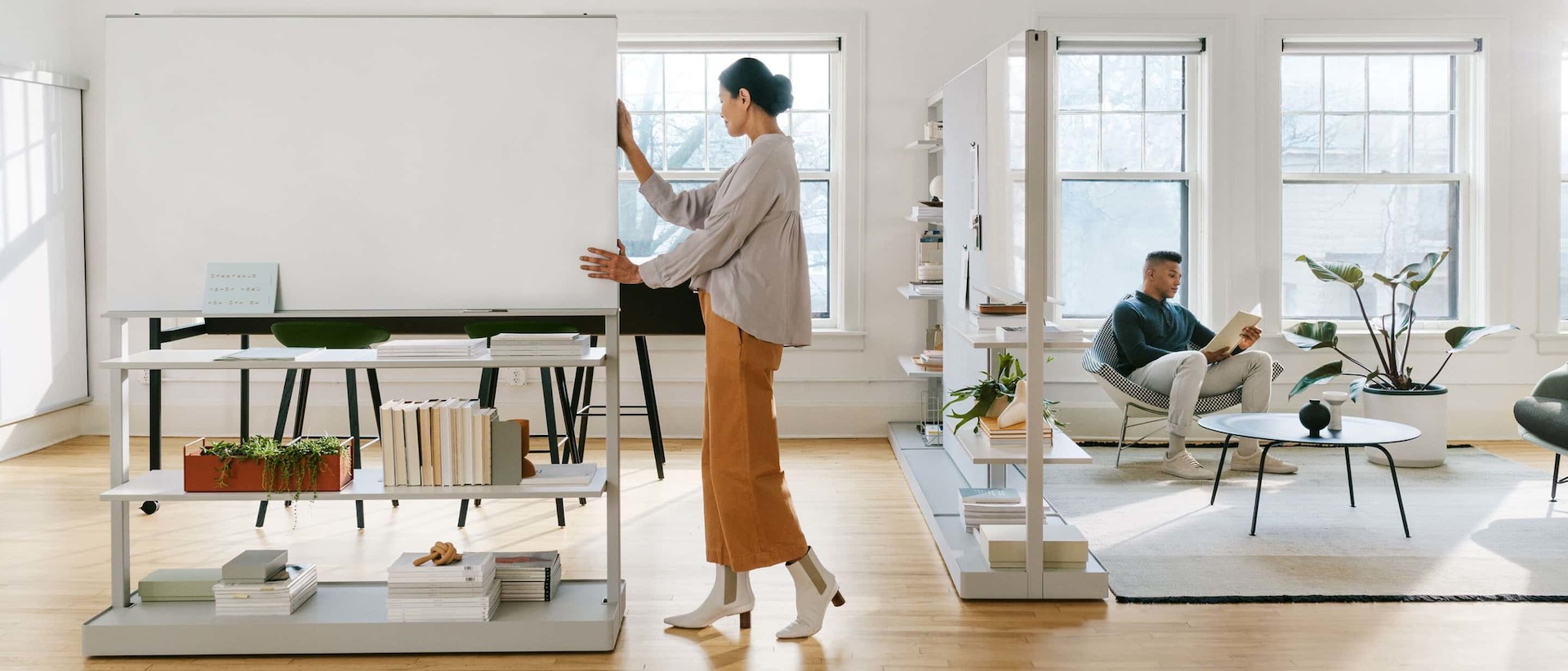
Over the last year, we've all certainly learned a lot about the ways we can work, and we've seen a number of changes already start to take hold and rise in popularity as we collectively plan our future work models. Thinking back to 2019, the thought of working remotely was largely frowned upon by many employers, and the concept of a distributed, hybrid work model was still in its infancy. Now, the distributed model is what many are striving for and what many organizations are starting to adopt; after all, the more flexible a workplace (and work model) can be, the better, according to employees.
Now, we're truly understanding what the workplace of the future looks like and how it works, and for many, we're emerging into a brand new way of working that challenges many traditional ideas - some that were seemingly "taboo" for the workplace. Let's review some of these terms, both new and not-so-new, to see how the future is bringing real change:
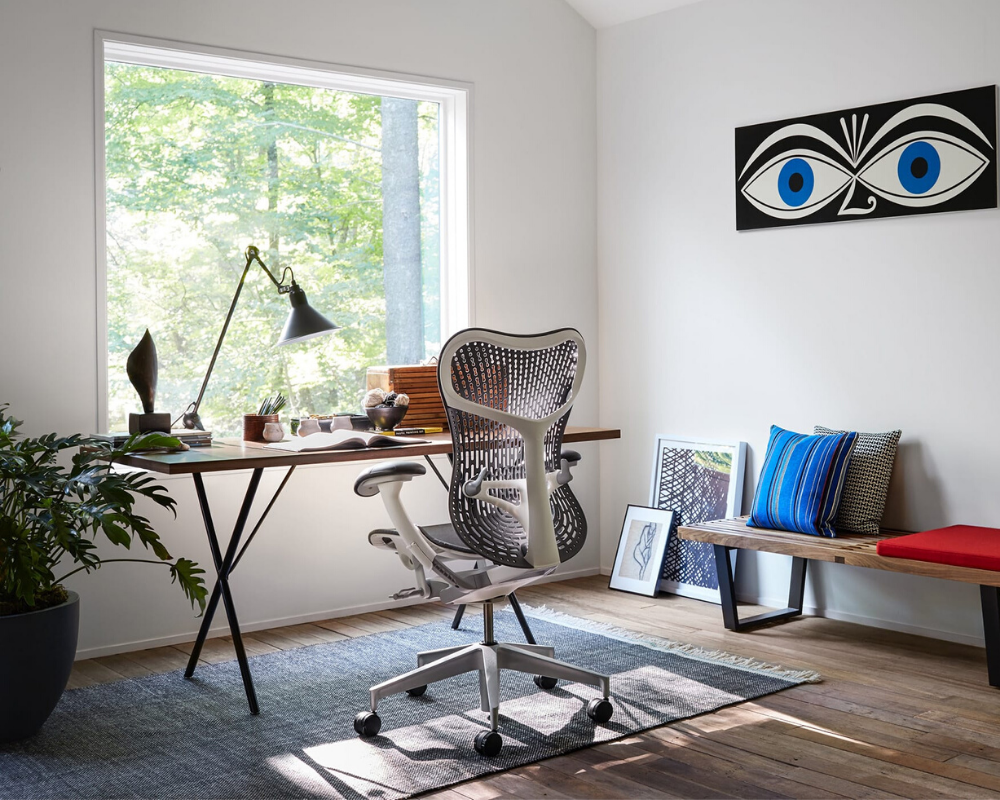 1.) Remote Work/Work-From-Home
1.) Remote Work/Work-From-Home
For many, remote work simply wasn't an option in the past. Whether due to company policy or limitations with technology, many workplaces didn't allow for remote work, often thinking that employees wouldn't be as productive or would be unable to perform as well outside of the office.
If we've learned just one thing about the future of work, though, it's that the future is flexible. Our own research has shown that employees can work outside of the office, and that many find remote work/work-from-home to be great for heads-down, highly productive work. While the future of the workplace may not be 100% remote, the ability to work from home and the right technology to empower strong work from anywhere is driving a more efficient, productive workforce into the future.
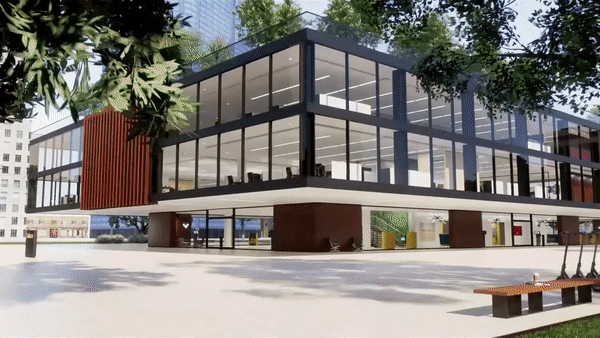
2.) The Distributed, Hybrid Work Model
In that same vein, it's important to note the role of the office in the future of work. Prior to the pandemic, some companies were already experimenting with the "Distributed Work Model," where some work is done at the office, some is done at home, and some may be done elsewhere, like a co-working space, etc. Now that we're getting a clearer picture of what the flexible future really looks like, we're learning just how important "the office" is in our future work models (hint: it's "very," and we're not just saying that).
The office has never been more important, and its role has never been more defined. While remote work provides an environment conducive to heads-down work, the office is the gathering space; it's the space for collaboration, for meetings and resources, for working together as a team, and perhaps above all else, for promoting culture within your organization. This gathering-space may not be where all work gets done, but it's where this kind of come-together work is best done.
The past year has shined a bright spotlight on the office, especially for those working exclusively from home, as our teams miss the in-person collaboration and the space that provides what virtual meetings just can't match.
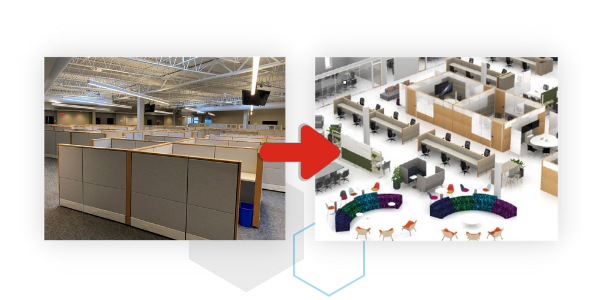 3.) Shared Spaces
3.) Shared Spaces
We know the office is important, and we know it plays a role in our future, but your office might have to make a few changes to adjust for the best kind of work experience in the future. Largely, we're seeing a shift from "single-user" desk setups to a more shared environment in the office, where one can drop in for the day, get work done, and be on their way.
Why is this? With the adoption of a Distributed Work Model, we know some work will get done at home/remotely and some in the office. To create the kinds of environments our teams need (i.e. a focus on creating more meeting spaces and conference areas, and more informal drop-in work areas allowing for quick work to get done while in the office), we're seeing an increase in the number of traditionally one-owner desks becoming shared, rearranged to create either a different kind of space entirely or allow for an employee to work there for that time, rather than hold up a desk that may "belong" to someone else who, on that day, may be working remotely.
It doesn't have to be a complete renovation of your space, either! Some of the most impactful changes we're making for our clients start with the pieces they already have, repurposing workstations and furniture to create the kinds of spaces that give our teams what they need to have their best work experience in the office.
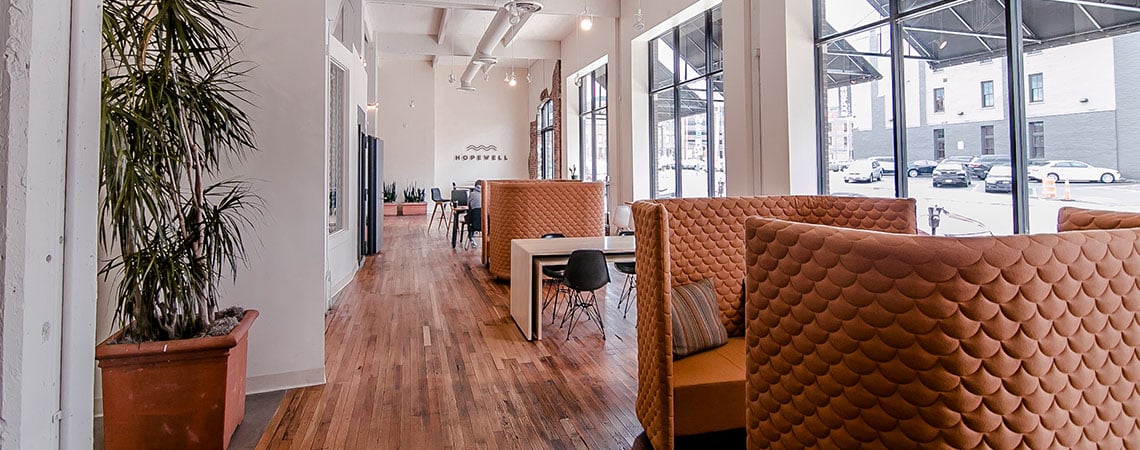 4.) Coworking/Satellite Space
4.) Coworking/Satellite Space
Prior to the pandemic, coworking spaces weren't often thought of by companies with existing offices. Perhaps the case could be made for larger meetings/events that an existing office couldn't accommodate, but similarly to the remote work mindset, there was often the thought of "if we already have our office, why do our teams need to work anywhere else?"
The Distributed Work Model encourages great work wherever you are, not just the home office or main office. One such place is the coworking venue, or for some companies, a "satellite space" that isn't quite the office, but also isn't an employee's residence. Coworking and shared-use spaces (like COhatch, Hopewell Works, etc.) have been on the rise over the last few years, providing a place for both individuals and groups to get work done, and they're starting to see a sharp uptick in demand as organizations map out how their teams are working in the future.
For many, it just makes sense. This middle-ground between an employee's home and their main office provides a space in which they can always count on getting work done, has the resources that a home may be missing, offers meeting spaces for group work, might be nearer to their home, and more. We know that the "home" part of home office can sometimes take center stage, with children, pets, contractors, internet connection, etc. causing distractions and making work less efficient. Though these may not be regular disruptions, having this other space to work in (whether branded to the company and owned by the office - a true "satellite space" - or a proper coworking space that the employee can work in via an arrangement made by their organization) becomes a great option, and adds even more choice and flexibility to the employee's work experience!

5.) Employee-Centric
In all of the above terms and changes we're seeing, there's a consistent underlying theme: an "employee-centric" focus. Providing the best experience for the employee helps with so much more than just retention and engagement - it creates for a happier member of your team who's working and feeling their best, leading to more productive and better outcomes for your organization overall!
One topic to keep at high priority when considering your future work model is culture. With members of your team working in various different locations at different times, it's crucial to maintain a consistent experience for your team and maintain culture, keeping them connected and engaged wherever they are. From routine touch-base meetings and messages, amenities that can extend beyond the office (like coffee, snacks, etc.), company-wide meetings and team events (that can be attended virtually and/or in-person), and other opportunities to keep in touch, there are plenty of ways to keep connected and help to maintain your team's culture.
It's important to note: the "best" work experience for one employee may not be the same for another, and providing your team with the kind of flexibility that the distributed work model provides will enable them to work their best. It's that choice and flexibility that will lead to a greater team doing greater work together.


.png?width=300&name=Connect%20with%20a%20Pro%20at%20Continental%20Office%20(1).png)


Comments